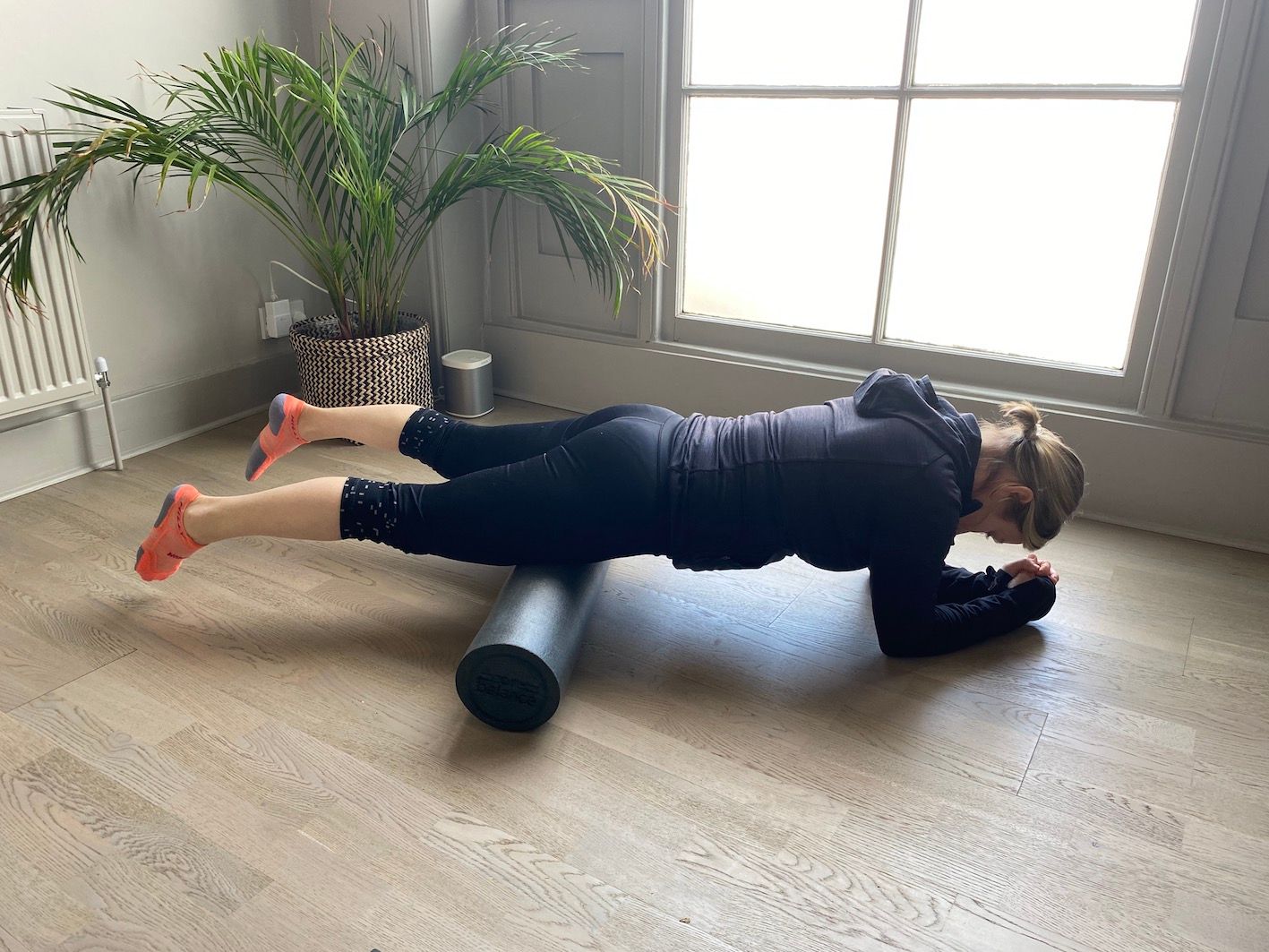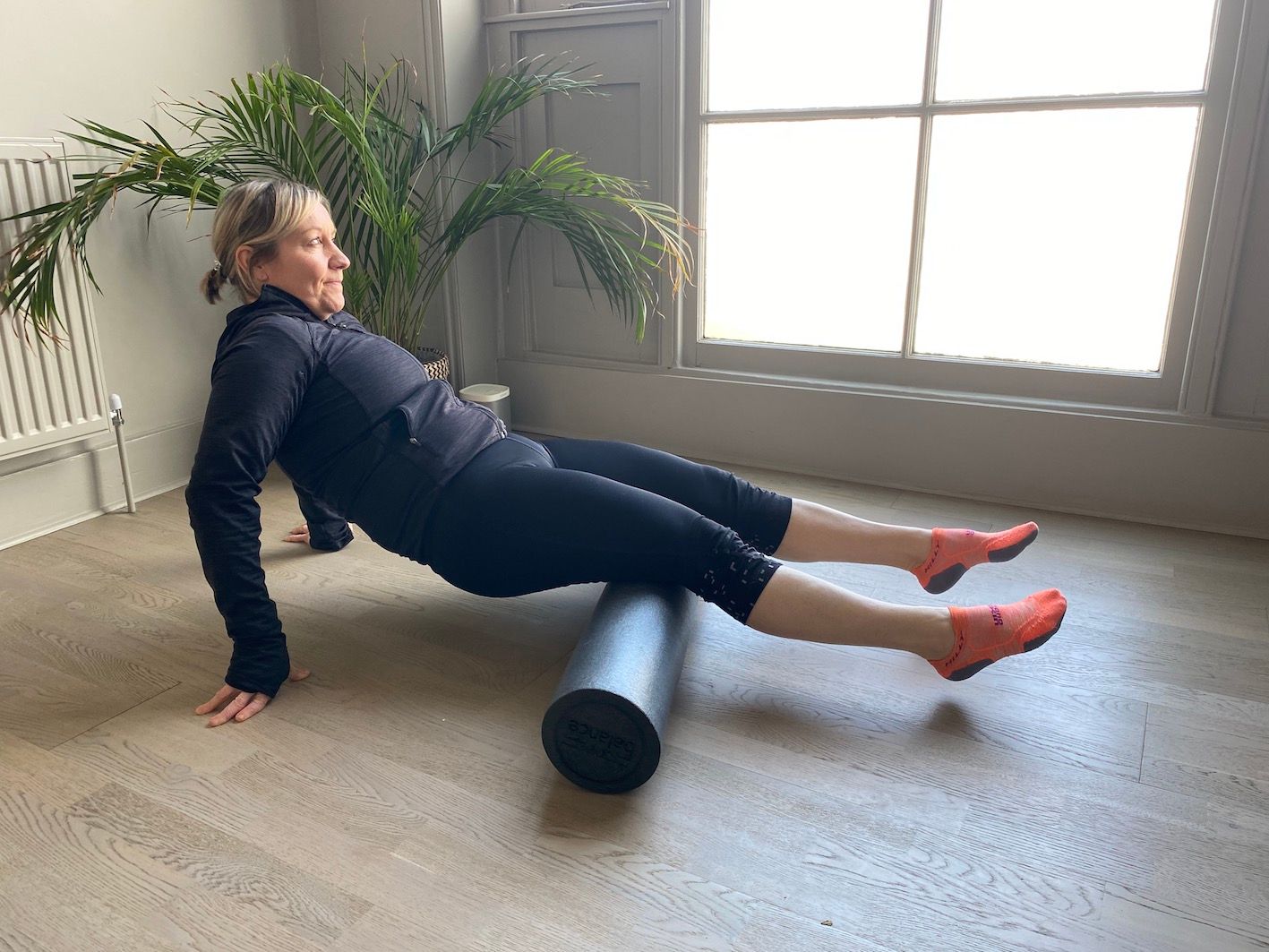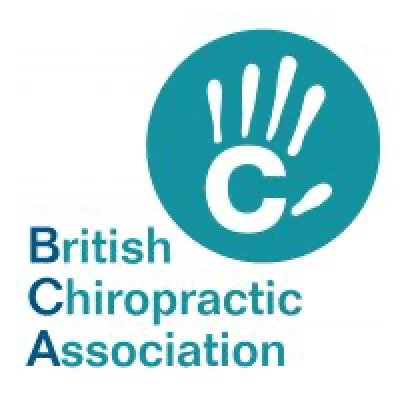Foam Rolling: What is it and what are the benefits?
Foam rolling can play a key role in keeping your muscles in top condition, but what exactly does it mean? Firstly, a foam roller is a light weight, cylindrical tube of compressed foam. There are three main types of foam roller to choose between, smooth, trigger and vibrating. Rollers come in different sizes and degree of firmness. A smooth foam roller is usually gentler and works well if new to using one.
What are the benefits of using a foam roller?
Foam rolling is a form of self- myofascial release or self- massage (deep tissue). The idea is the foam roller acts as a self-massage tool, so you can apply pressure and movement to a tense or sore area.
It has been suggested that foam rolling can: –
- Improve circulation and helps release tension and tight areas, especially in muscles.
- Increase flexibility.
- Be useful as a warm-up tool prior to exercise.
- Aid as part of a cool-down routine post exercise.
- Improve athletic performance by increasing flexibility and reducing the effect of delayed onset muscle soreness (DOMS), which can occur after a hard or different workout or form of exercise.
- Reduce the risk of injury, treat injury, and relieve pain.
However, scientifically backed research proves that the two main benefits of foam rolling are increased flexibility as it can increase the range of motion in your joints and reducing DOMS post exercise.
Having a foam roller at home could be just the item you need to support your rehabilitation and recovery. If you do want to introduce foam rolling into your routine, it is best to seek guidance from a physiotherapist. This is to check that you are using the foam roller correctly and help you understand what you are using it for.
Foam rolling can be used on many body parts, most commonly on the large muscle groups in the legs (quadriceps, hamstrings and calves).
Dos of foam rolling: –
- Roll on a hard surface use a mat if you have one.
- Foam roll up and down the muscle.
- Time yourself, the length of time can vary depending on the individual and what you are trying to achieve. Guidelines on time are between 3-5 bouts of 20-30 seconds, up to two bouts of 1 minute or one bout of 2 minutes of rolling per day.
- Start cautiously and build to moderate pressure, there is no reason that pain should be endured.
- Understand the origin of your pain before you start and what you are trying to achieve.
- Do keep at it, to get the benefits of self-massage it is repeated exposure that is important to achieve the desired outcomes.
Don’ts of foam rolling: –
- Do not go directly over a sensitive or painful spot. Start a few inches away from the area a more localised region, before moving to the direct area using larger, sweeping motions.
- Do not roll too fast. You need to give your brain enough time to tell your muscles to relax. Go slower so that superficial layers and muscle have time to adapt to the compression.
- Do not spend too much time on a specific knot. Follow the time guidelines above and manage the amount of body weight you use on a specific area.
- Do not forget good posture when using a foam roller as this will aid in correct use and not cause any further issues.
- Do not roll directly over the spine in the lower back. Rolling muscles at the side of the lower back and glute region to aid lower back release without causing additional soreness or pain.
Using a foam roller can offer great potential to relieve pain, tightness and help you move better. A physiotherapist can help guide and support you to use a foam roller the correct way and to reduce the possibility of injuring your body further.
Need help with using a foam roller?
If you have any questions or would like to find out more, please do not hesitate to contact Ange at:
angela@tivolichiropractic.co.uk
Read our next article “What is Osteoporosis?” by Chiropractor, Kelly Nicol.





























